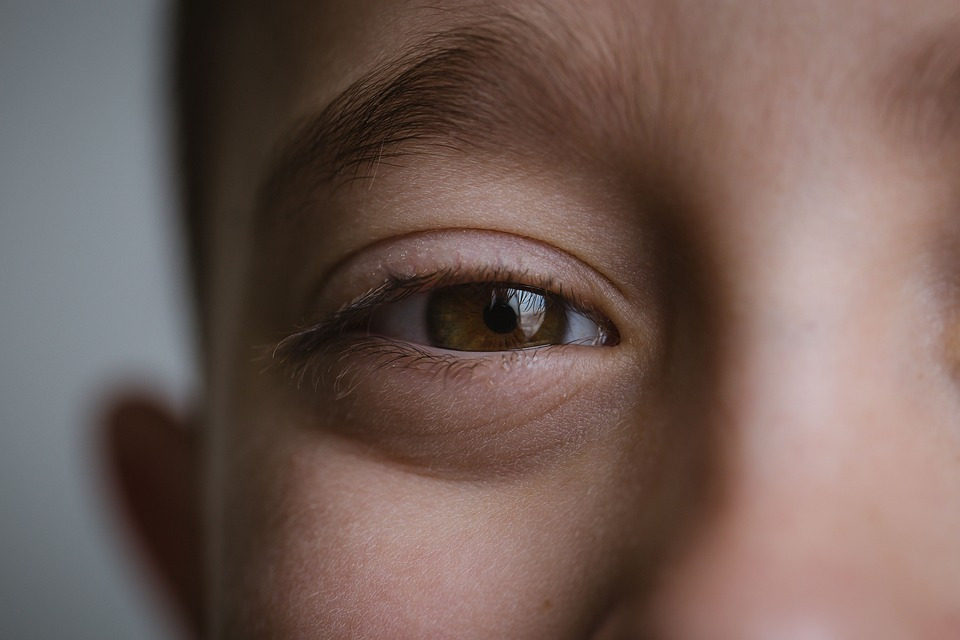
The situation of working or simply hanging out inside a house or room all day without taking a break is one that we have all experienced. When you are sitting inside for a longer period of time, it feels good to take a break to go outside and get some fresh air. Just this sensation itself can lift your mood and help you regain focus. On top of that, if the weather is nice, feeling the warm sun on your face is one of the best things on a long day. For some people, the first glimpse of the natural light outside is accompanied by something else: sternutation, the act of sneezing. I am one of those people. When I look into the sun after being surrounded by darker light, I have to sneeze right away. Not even half of the population experiences this phenomena, are you one of them? No matter what your answer to that question is, this article will shine light on the sneezing effect of the sun and its theories.

To start off, if you count yourself to one of the people that have to sneeze every time they look into the sun or bright light in general, you are not alone. It is estimated that 10 to 35% of the world’s population experience this sneezing effect. If you are part of the other 65%, you are not diagnosed with the so-called photic sneeze reflex. Photic means light and it can therefore be translated to a sneeze reflex in relation to light. It is also known as Autosomal Dominant Compelling Helio – Ophthalmic Outburst (ACHOO) Syndrome. This syndrome is characterized by successive sneezing triggered by a sudden exposure to bright light, typically intense sunlight. However, the ACHOO Syndrome is not well studied and the exact scientific explanation unknown. Different theories have been build up for thousands of years, each giving us a different reason for photic sneezing. Aristotle, the ancient Greek philosopher, hypothesized that the sun warms up the inside of the nose which leads to an irritation, resulting in the generation of a sneeze. This theory was refuted by an English philosopher named Francis Bacon. He guessed that the sun’s light makes the eyes water, moisture seeps into the nose, irritates it and a sneeze is triggered. By stepping into the sun with his eyes closed, he wanted to prove this theory. The heat was still there but the sneeze was not, supporting his thesis. However, the modern understanding of physiology shows that this theory is not accurate because the sneeze happens too quickly after the light exposure to be related to the tear ducts, therefore, a new theory had to be build up. For this, it is essential to know what usually triggers a sneeze.

Sneezing is a response to an irritation in the nose or an infection. It is sensed by a nerve called the trigeminal nerve, a nerve that is responsible for facial sensation and motor control. This specific nerve is located close to the optic nerve which is connected to your eyes and, among other things, senses a sudden flood of light. The optic nerve then sends electrical signals to the brain to narrow the pupils. The most recent theory states that some of these signals accidentally stimulate the trigeminal nerve and the brain then mistakes the signals as an irritant in the nose, thus making us sneeze.
If we believe this theory, the answer to photic sneezing is the close proximity between the optic nerve and the trigeminal nerve. One of them is responsible for sensing light, the other is responsible for sneezing and when putting two and two together, you have the explanation for sneezing when being exposed to bright light.
Sources:
https://www.childrensmuseum.org/blog/why-does-sun-make-me-sneeze#:~:text=Scientists%20think%20that%20because%20they,light%20can%20make%20you%20sneeze! (Editors of Children’s museum, February 9th, 2023)
https://www.pbs.org/newshour/science/does-the-sun-make-you-sneeze (Julia Griffin, February 9th, 2023)
https://www.scientificamerican.com/article/looking-at-the-sun-can-trigger-a-sneeze/ (Karen Schrock, February 9th, 2023)
https://www.healthline.com/health/photic-sneeze-reflex (Valencia Higuera, February 9th, 2023)

